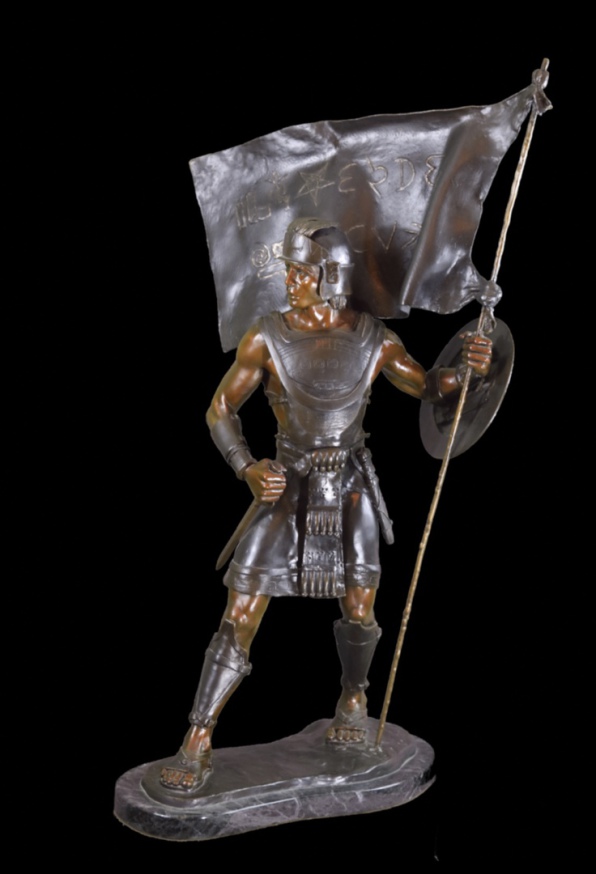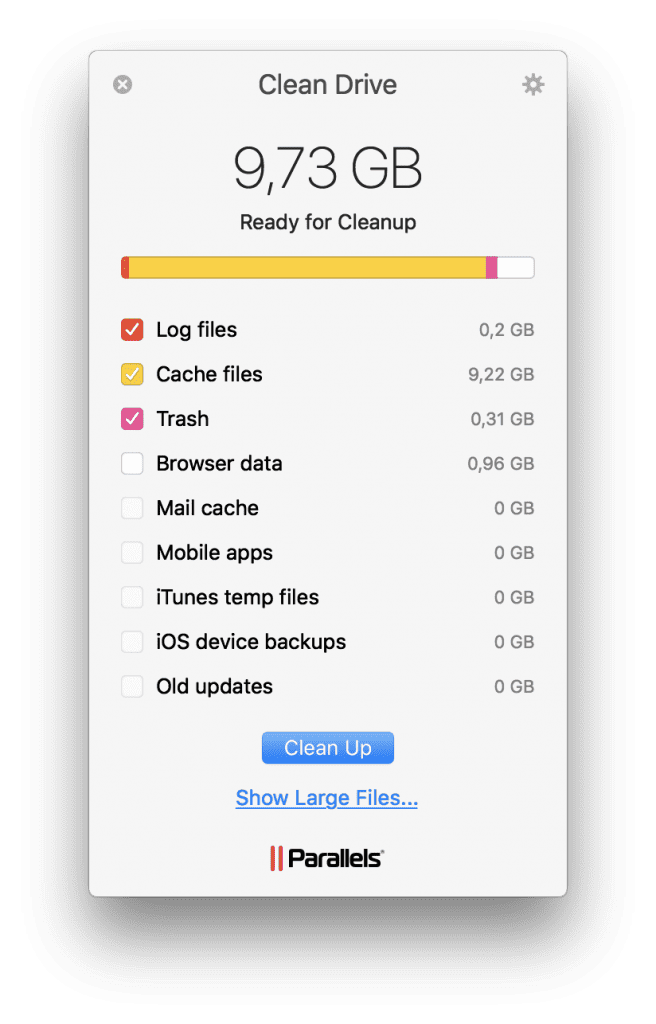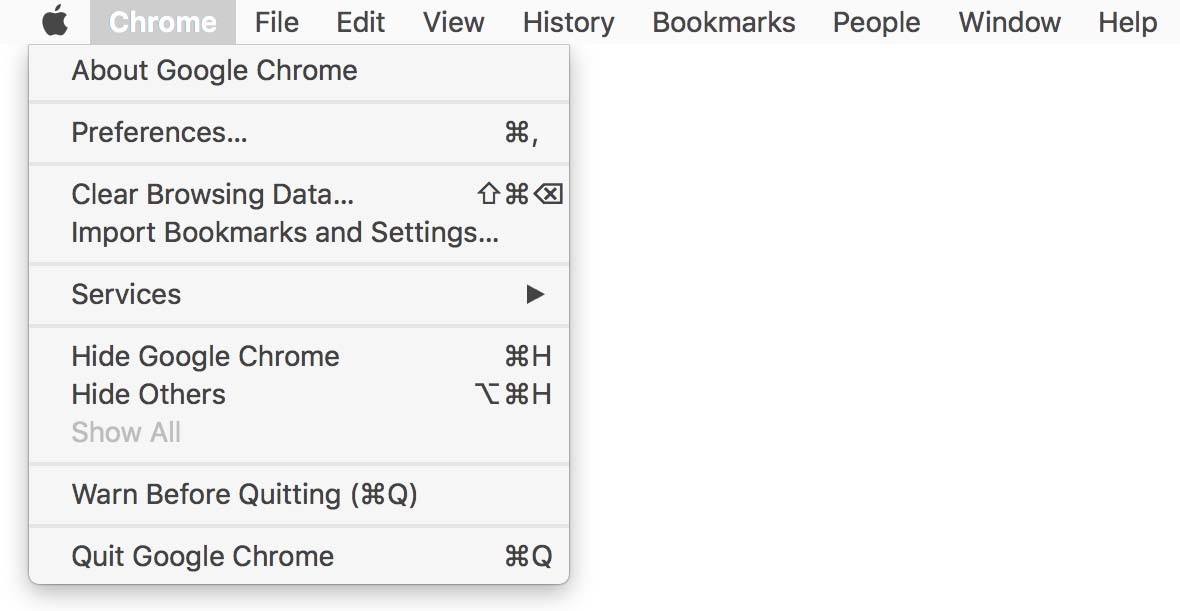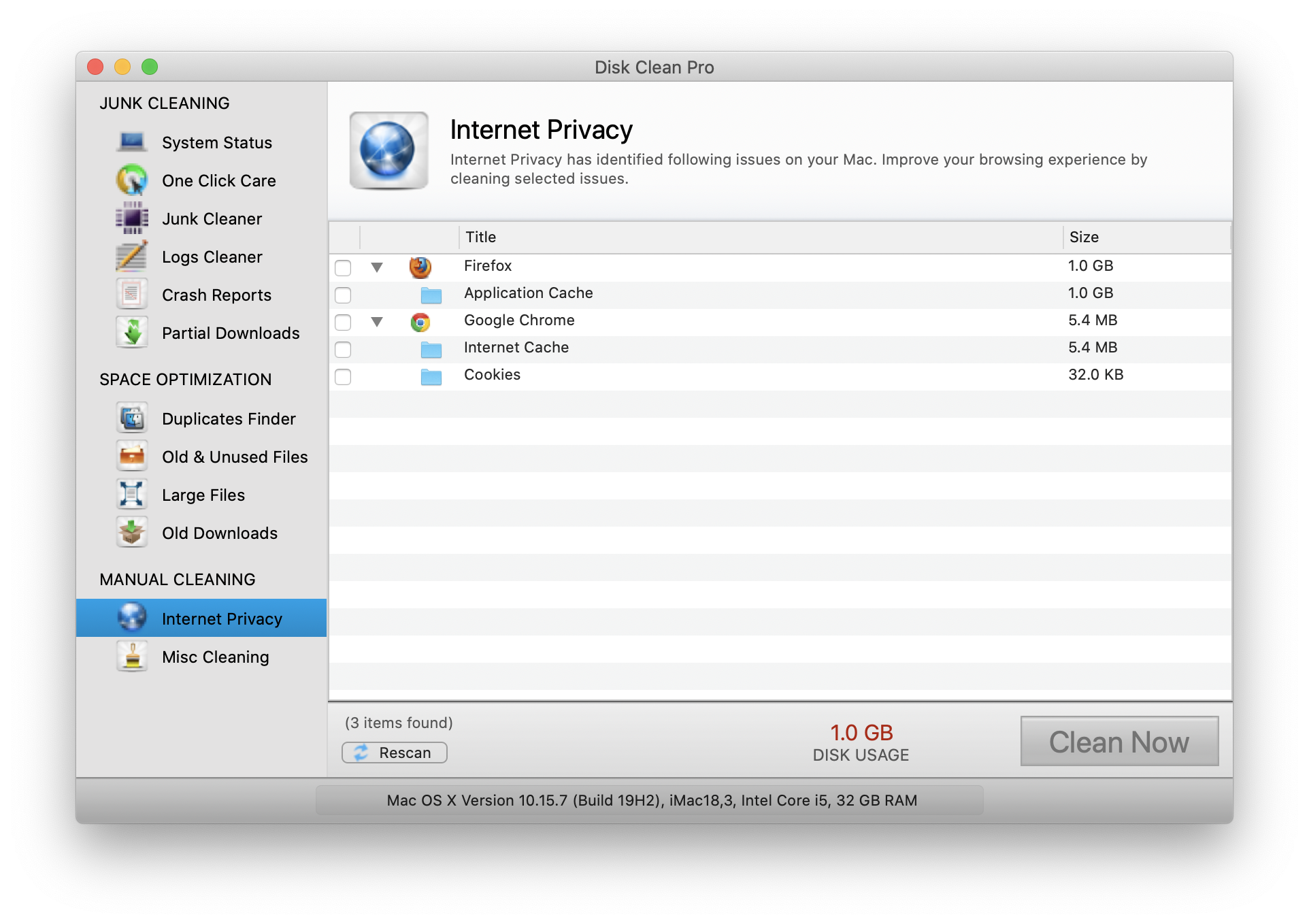If you’ve lived through the last couple iterations of OS X and iOS, you’ve probably had the opportunity to develop a special love/hate relationship with iCloud. Apple’s cloud service suite is made up of many different parts and systems, and while it’s great when it works, it also has a history of being prone to hard-to-diagnose outages and, for developers, obscure error messages.
- On Mac Can I Remove Library Caches Cloudkit Account
- On Mac Can I Remove Library Caches Cloudkit Download
- How To Empty Cache On Macbook Pro
Apple has worked hard over the last couple years to make iCloud more stable and reliable, and it has largely succeeded, to the point where the grumblings about it have, at least anecdotally, subsided considerably since its introduction.
Apr 18, 2017 Caches and temporary files can include things like web browser cache and history, messaging cache, app specific temp files and caches, partially completed downloads, and much more. While most apps will handle cache management on their own, and Mac OS will handle some other cache type files directly too, more advanced users can manually. Enter your administrator password and click OK to delete the items. If your Mac prevents you from clearing a certain file or folder, just leave it be. Repeat steps 1-4, but use the folder path /System/Library/Caches in step 2 instead. You can delete all items within this folder except for the sub-folder labeled com.apple.kext.caches. Aug 21, 2017 For future reference, you can purge that from within AE by choosing Edit Purge All Memory & Disk Cache. Or under Preferences Media & Disk Cache Empty Disk Cache. If you haven't set up a dedicated, fast drive for the AE Disk Cache, it's common to empty it every so often. Necessary even.-Warren. Feb 20, 2021 This wikiHow teaches you how to clear the cache of temporary system files that your Mac stores as you use it, as well as how to clear the Safari browser's cache of temporary Internet files. Keep in mind that clearing the system cache can cause your Mac to freeze or crash unexpectedly; this is a normal response to clearing the cache.

Despite these improvements, however, iCloud’s file storage offerings have always lacked a number of features that made it less compelling than, say, Dropbox for the needs of many modern apps. For example, while iCloud is mostly free and tightly integrated with both iOS and OS X, it’s limited to sharing information between multiple devices that belong to the same user—pretty restrictive in a world where services supporting multiple users (often on a massive scale) are the focus of some of the most successful apps.
One and many
Thus far, this has left third-party developers who want to build interaction between multiple users with no choice but to come up with their own home-brewed solutions for everything from user authentication to data sync, which are both complex to program and very expensive to maintain—a hard proposition in a market that favors inexpensive or free apps.
These problems have not gone unnoticed in Cupertino, however, and iCloud is getting a major overhaul in iOS 8 and OS X Yosemite. The nebulous Documents & Data “storage solution” will be replaced with iCloud Drive, which more resembles the iTools/MobileMe iDisk of old. Best of all, it’ll give direct access to all of a user’s documents and file right from the Finder.
But that’s not all: The improvements to iCloud also include a behind-the-scenes technology, dubbed CloudKit, that gives developers a brand new bag of tools poised to have a significant impact on the kinds of apps we’re likely to see in the future.
The shared cloud
For starters, CloudKit is all about storage. As before, each third-party app gets access to a “private” data store that is part of a user’s iCloud data allotment; this data is automatically synchronized across multiple devices, and can contain both structured data—like a blog post or invoice—and entire files, like a document or image. Apps like games use this to sync progress between iOS clients, while other apps—including Apple’s Pages, Numbers, and Keynote—store presentations, spreadsheets, and more.
With CloudKit, however, developers also gain access to a new “public” data store that is automatically shared among all users of their apps. The disk space used by the public store is counted towards a different allowance, which Apple allocates on a per-app basis and makes available for free with a set of very generous limits.
To programmers, this new shared data store looks like a combination between a big database and a disk drive that they can control with the same programming tools that they use to build their apps today. The big difference is that the information stored in it can be made available to multiple users, allowing them to collaborate and share information through the cloud—something that iCloud “Classic” was unable to do. For its part, Apple leverages its existing infrastructure to provide all the servers, bandwidth, storage, and maintenance required to run the service—free of charge to everyone involved.
Don’t let the term “public” put you off, though—CloudKit doesn’t force all the shared data in a big bucket that is automatically visible to everyone who installs a particular app. Instead, developers will be able to protect the information as they see fit, allowing, for example, users from a particular group or organization only to have access to specific content.
Like a server in the app
But that’s not all—developers can also use CloudKit to track changes to the underlying data and generate events when they occur. This makes it easy, for example, to send a remote notification when a message stored in the public database receives a reply, or when an invoice is approved. Again, Apple’s servers take care of all the heavy lifting, eliminating the need for developers to set up their own notification servers—and automatically scaling up to handle loads of any size.
Finally, CloudKit allows third-party apps to piggyback their authentication mechanism on Apple ID, thus making it easy to tell each user apart in a unique way without having to write and maintain a login system—and without forcing users to remember yet another password.
Like everything that Apple does these days, CloudKit is also infused with a deep-seated respect for the user’s privacy. By default, for example, Apple ID will only let developers know if a user is logged in or not, and it’ll assign an identification number that is unique but otherwise anonymous. Only with users’ explicit permission are developers capable of getting access to even a user’s first and last name; every other bit of information attached to an Apple ID identity, including e-mail addresses and physical locations, remains entirely off-limits.
Clear skies ahead
It’s not hard to see that CloudKit greatly simplifies the creation of apps that revolve around multi-user collaboration. Previously, creating a group chat app like Glassboard, or a team-based task management software like Wunderlist, would have required a significant amount of work. A developer would have to set up the server-side infrastructure required to store and synchronize all the data, plus handle the communication between different users. But with CloudKit providing that service, developers can now focus their efforts on building a great user experience right inside their iOS and OS X code.
As an added bonus, Apple has had plenty of time to fine-tune the security that surrounds iCloud, and the company’s current fixation with privacy—a much-welcome fixation, if you ask me—is likely to rub off on third-party developers, leading to more secure apps that are less likely to “accidentally” leak our data all over the Internet.
Of course, the flip side all of this goodness is that CloudKit, which is only available on Apple’s devices and operating systems, contributes to locking both users and developers into the company’s closed ecosystem, making it unsuitable for apps that need to run on multiple platforms. For smaller developers, however, it creates a unique opportunity to bring great software to an enormous audience with virtually no added investments of time or money.
Note: When you purchase something after clicking links in our articles, we may earn a small commission. Read ouraffiliate link policyfor more details.
- Related:
You’ve probably heard and seen the term 'cache' used on your Mac but do you know what it is?
Cache files are basically temporary data stored on your hard drive and used to speed up processes. For instance, Safari will download images on a webpage into cache so that next time you visit the site you don’t have to download the images again.
How are cache files different from cookies?
Cookie files are tiny members of the big cache family. This form of cache is collected by your browser to remember previously visited websites. Cookies collect the details of your visit, its duration, actions on a page, etc. Advertisers also use these to follow you around the internet. However annoying they are, cookies are a part of internet reality that we cannot help but “Accept.”
For an overview Xcode functionality, read.The OS X Developer Library contains the documentation, sample code, tutorials, and other information you need to write OS X apps. Find_library framework mac os x. You can download Xcode from the Mac App Store.For an overview of the developer tools for OS X, see the. You can access the OS X Developer Library from the or from Xcode.
- Troubleshooting steps from this article is from Microsoft support. For more information, please click on this link. Clearing the Office application's cache on a Mac Add-ins are cached often in Office for Mac, for performance reasons.
- To delete system and app cache manually, follow these steps: Open Finder and select Go Go to Folder Type in /Library/Caches and hit Enter Backup the folders if.
Yes, it is safe. That said, don't just delete all the contents of your cache folder without reason. It can be beneficial to clear out those taking up the significant space in your /Library/Caches/ if you need to free some up, but you really shouldn't clear any contents of your /System/Caches unless there is a problem. Feb 14, 2013 How to clear your cache on a Mac - There are a couple of cache folders you need to clear on a mac. See how to do it and delete your trash securely. /Library/Caches Claude Pelanne.
There are many reasons to remove old cache from your MacBook and disk space issue is only one of them. So what are the other benefits ?
- Fixing issues with laggy web pages that load outdated content
- Removing personal data stored by websites and applications.
- You need to force-delete outdated cache from an app.
Are you ready to reclaim space on your Mac? Let’s go!
What are main cache types?
There are roughly three main types of caches you can clean on your Mac:
- System cache
- User cache (including app cache and DNS cache)
- Browser cache.
This article will go over cleaning up all three.
Now, when it comes to clearing cache on Mac, there are two ways you can do it. You can clean them up manually step-by-step, or you can clean them in second with a cleaning utility like CleanMyMac X. If you want to clear cache on your Mac right now, we suggest doing it the easy way:
- Launch CleanMyMac X (2019 version is preferable)
- Select System Junk
- Click 'Scan', and then “Clean”
That’s it, all cache files cleaned! CleanMyMac X works on all systems, including the latest macOS Catalina. You can download CleanMyMac X for free here and try.
However, if you’d like to clean them all manually, follow the steps below.
How to empty user cache on Mac?
Potential space reclaimed from junk - Up to 70%
As you can see, a single user cache folder on my computer takes up enormous 1.6 GB of space. And that’s just one folder out of hundreds. That means a good cleaning could free up gigabytes of free space and speed up your Mac in the process.
To clear your user cache, do the following:
- Open a Finder window and select “Go to Folder” in the Go menu.
- Type in ~/Library/Caches and hit enter to proceed to this folder.
- Optional step: You can highlight and copy everything to a different folder just in case something goes wrong.
- Go into each of the folders and clean out everything.
Note: We recommend that you remove the insides of these folders, but not the folders themselves.
Now, repeat the same steps above, but substitute…
~/Library/Caches with… /Library/Caches
Make sure that once you have finished clearing out these caches for additional hard drive space, you empty out your Trash. To do this, Control-click on the Trash icon in the dock and select “Empty Trash.” Restart your Mac afterward so your Mac can begin to create new, fresh cache files.
To help you make sense of your Library folder here's a brief explanation what each sub folder stands for.
4 main types of cache within Library folder
Caches
Temporary data created by apps and websites. Your apps keep generating cache files for as long as they are active. Relying on such pre-loaded content reduces memory load and speeds up data exchange.
Preferences
Prererences folder is where you’ll find customized settings for your apps. Sometimes, there is a need to reset an app and delete its corrupted Preferences file. Preference files always end with .plist — so they are easy to spot and delete.
App support
App support folder contains large pieces of app data, like game saves. App support files may remain on your Mac long after you’ve deleted the app itself. That’s why “cleaners” for system junk were invented.
Containers
Containers folder is an exchange buffer that apps use to communicate with one another. This is often referred to as “sandboxing.” Containers folder is automatically emptied after you restart your Mac.
If you aren’t comfortable with the risk of deleting user cache manually, a specialist cleaning app CleanMyMac X can do it for you. It will only remove files you don’t need and will find up to 7x more temporary cache files to remove from all over your system.
How to delete system and app cache on Mac
Potential space reclaimed from junk - Up to 10% (manual methods) or 15% (using cleaner)
Next up we’re looking at your system cache files. These hidden cache files are mainly created by the apps that run on your Mac.
What is app cache? In short, it’s any media downloaded by the apps you use in order to work faster and not load it every time you open the app. Do you need it? It’s debatable, but app cache takes up disk space and can be cleaned.

You can delete app cache on Mac in the same way as user cache, by going to ~/Library/Caches and removing the insides of the folders with the app name.
Proceed with caution! Not all app cache can be safely cleared. Some app developers keep important user info on cache folders. Backing up a folder before you delete is always a good idea. If everything works fine then you can delete the backup later.
To be on the safe side, use CleanMyMac, it works with a Safety Database and knows how to clear app cache safely. As if that wasn’t enough it will also remove more junk than manual methods.
On Mac Can I Remove Library Caches Cloudkit Account
How cache is created? An example from Photos
Every time you do image manipulations, like rotating a picture, its additional copy is created on your drive. In this manner, just 4 rotations are enough for an image size to grow from 2.5 MB to 10 MB of disk space taken. If you edit photos and videos on a regular basis, you may notice that your editor application also keeps temporary data — like intermediate version of your files.
How to clear browser cache on Mac
Potential space reclaimed from junk - Up to 15%
We all love to surf the web but every site we visit adds to the growing browser cache. Clearing your browser cache doesn’t just free up space, it will can also clear your browsing history to secure your privacy.
Browser cache temporarily stores website data such as images, scripts, and other stuff, in order to make your browsing faster when you revisit the same site. If you’re worried about your privacy or want to hide pages you’ve visited, you can clear your Internet cache (or browser history). Also, resetting your browser cache will potentially help to get rid of 404, 502, and other errors caused by corrupted cache.
Each browser has its own cache location, so the process of clearing is different in each case. For instance, Chrome cache location is in Settings, Safari stores its cache in Privacy, and Firefox cache location is History tab.
Here’s a quick introduction into how to delete browser cache on Mac.
How to clear cache in Chrome
Here’s how to clear browser cache in Chrome manually:
- Click the 3-dot icon in the top right corner of Google Chrome browser.
- Choose Settings.
- At the bottom of the menu, choose Advanced.
- Click “Clear browsing data.”
- Deselect all, but Cached images and files.
- Timewise, choose All time.
- Hit “Clear data” button.
How to clear cache in Firefox
Here’s how to delete cache in Firefox manually:
- Click the hamburger icon in the top right corner.
- Choose Privacy & Security on the left sidebar.
- Scroll to the section 'Cached web content' menu item.
- Now, click Clear Now to delete Firefox cache.
- Exit/quit all browser windows and re-open the browser.
In the same menu, checkmark Override automatic cache management and limit the cache size in MB. Go with the default amount of 350 MB, which is enough for most users' needs.
TIP:
If for some reason you cannot open a web page, try putting cache: in front of the URL address. This redirects you to the site’s cached copy.

For example: cache:macpaw.com
It works most of the time and can magically open even the otherwise blocked sites.
How to clear cache in Safari
Safari is a little trickier than the rest of the browsers. You could remove caches together with all the other website history through History — Clear History in menu bar.
Diskwarrior for mac. But if you need more precision, here’s how to empty cache on Safari browser:
Can You Delete Library Caches Macbook
- In the top menu, choose Safari.
- Click Preferences.
- Choose the Advanced tab.
- Enable Show Develop menu in menu bar.
- Now go to Develop in menu bar.
- Choose Empty caches.
Make sure you close/quit the browser and restart it after clearing cache. Note, that all your auto logins and predicted websites in the address bar will be cleared.
On Mac Can I Remove Library Caches Cloudkit Download
Manual methods remove most of the browser junk but if you want to remove all of it, from all your browsers at once, there’s a safer and faster method to clear your internet cache on any browser.
Clear Library Cache Mac

How to clear cache files on Mac with a single click of a button
Instead of searching all over your Mac to find and remove cache files yourself, you can clear user caches on a Mac using CleanMyMac X. It makes removing cache files as easy as can be.
To get rid of cache files with CleanMyMac X:
Delete Cache Browser
- Download CleanMyMac X (free) and launch it.
- Select Smart Scan in the left menu.
- Hit Scan at the bottom of CleanMyMac X.
- Then click Clean.
Caches Library Macbook
And you're done! If you’d like to remove only cache files and nothing else, click on Review Details before clicking Clean. Deselect everything but System Cache Files and User Cache Files, then click Clean.
The easy way to clear all browsing data
Can You Delete Library Caches Mac Os
How To Empty Cache On Macbook Pro
Instead of clicking between browsers and being limited to what they let you clean, take full control of all your browser cleaning with this simple method:
- Open CleanMyMac and select the Privacy module
- Click on your browser of choice
- Make your selections from the list of all your cache and privacy tracks
- Click Remove to clean your browser
Cleaning your Mac has never been easier. Download CleanMyMac X and try for free to get yourself a faster, cleaner Mac — without worrying about cleaning the wrong thing.
And if you’re looking to clear just browser cookies, check out this easy one-minute explanation we’ve made for you.